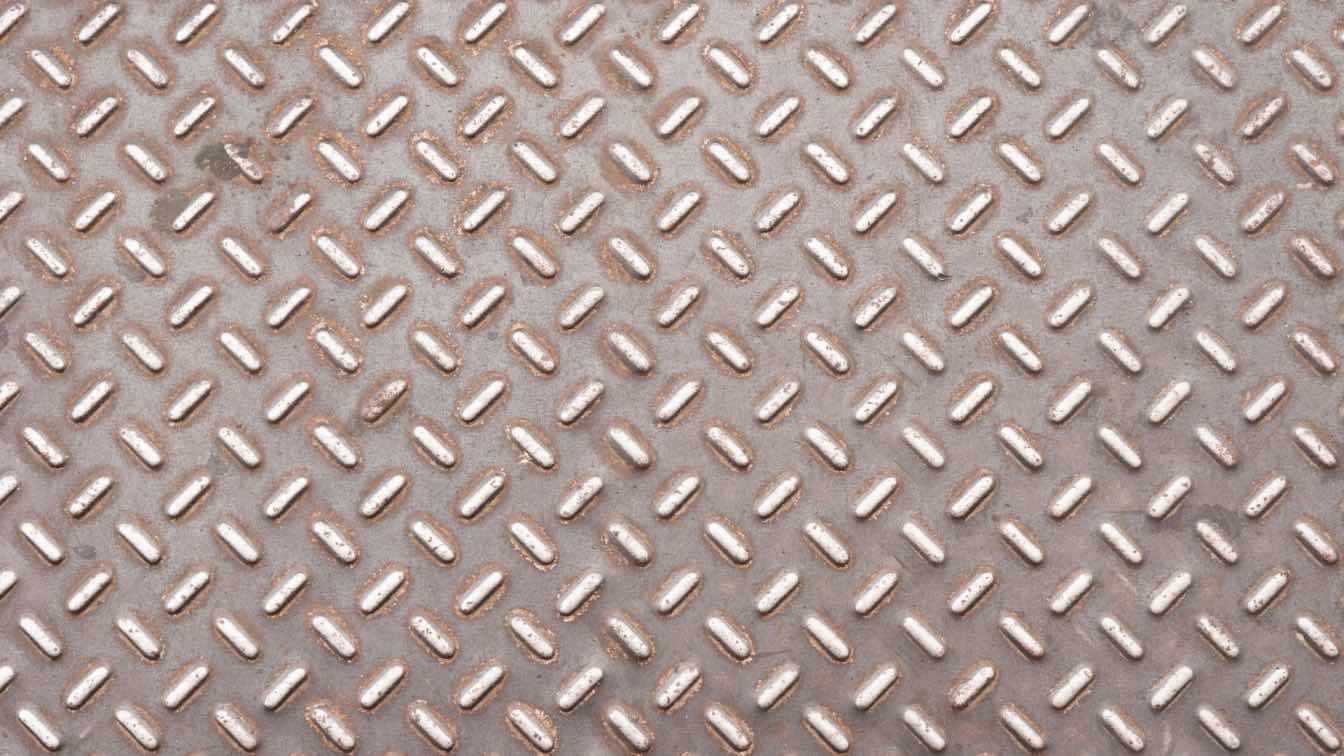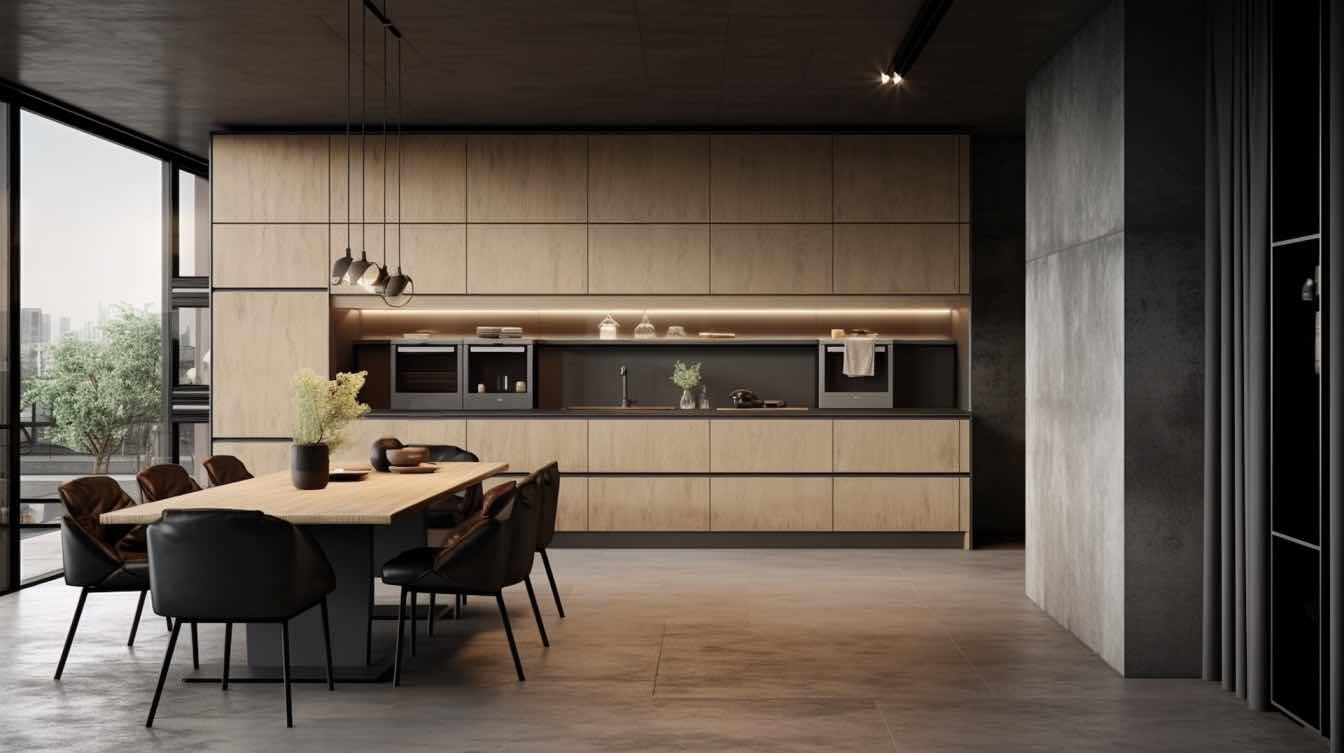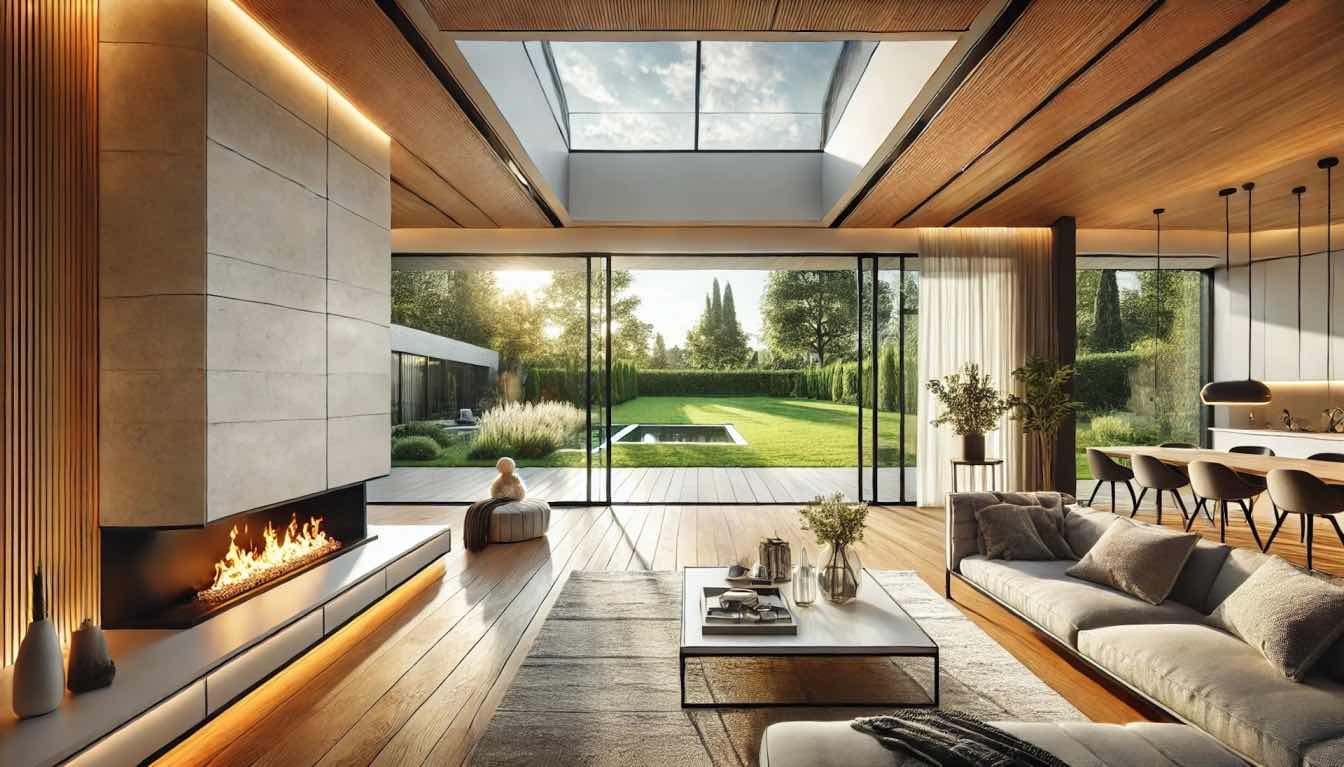Concrete has evolved from a purely structural material to a versatile medium for architectural expression. Modern concrete polishing techniques enable stunning finishes that enhance both aesthetic appeal and durability. Concrete polishers have revolutionized how architects, designers, and contractors approach flooring and surfaces, offering a sustainable and practical alternative to traditional materials. This guide explores the benefits and innovations of concrete polishers, demonstrating why they are a crucial component in modern architectural finishes.
The Advantages of Polished Concrete
Polished concrete provides a sleek, professional look that suits a variety of spaces, from commercial buildings to residential interiors. Its benefits extend beyond aesthetics, making it a preferred choice for many projects.
One of the primary advantages of polished concrete is its durability. Once polished, concrete surfaces become resistant to wear, stains, and moisture, which extends their lifespan and reduces maintenance costs. This durability makes it ideal for high-traffic areas such as retail stores, office spaces, and warehouses.
In addition to durability, polished concrete is highly versatile. It can be customized with different finishes, colors, and patterns, allowing designers to match specific themes or branding. Its reflective surface enhances lighting, reducing energy consumption and contributing to environmentally friendly designs.
Moreover, polished concrete is an eco-conscious choice. Utilizing existing concrete slabs minimizes material waste and eliminates the need for additional coatings or flooring materials. The process also uses low-VOC sealants, which improve indoor air quality and align with sustainable building practices.
A Complete Line of Tools and Expertise
When selecting concrete polishers, having access to the right tools and systems is essential for achieving optimal results. The team behind Diamapro Systems says that investing in a complete line of high-quality equipment ensures precision, efficiency, and professional-grade finishes. A complete line of concrete polishing tools typically includes grinders, diamond pads, and polishing machines designed for various applications. From heavy-duty industrial projects to intricate decorative finishes, the right equipment can handle a range of challenges. Advanced polishing systems also integrate dust-collection technology, maintaining a clean and safe work environment.
Beyond tools, expertise plays a critical role in successful concrete polishing. Proper training and knowledge of polishing techniques ensure consistent results and help avoid costly mistakes. Partnering with professionals who specialize in concrete finishes guarantees a seamless process from preparation to final application.
Additionally, modern innovations in polishing systems have streamlined workflows, enabling contractors to achieve faster turnaround times without compromising quality. These advancements make concrete polishing more accessible for both large-scale projects and smaller renovations.
Aesthetic and Functional Value
Polished concrete strikes the perfect balance between beauty and functionality. Its minimalist yet sophisticated appearance complements a wide range of architectural styles, from industrial chic to contemporary elegance.
The smooth, glossy finish of polished concrete enhances visual appeal while providing practical benefits. Its seamless surface resists dirt and allergens, promoting a healthier indoor environment. This low-maintenance quality is especially beneficial for schools, hospitals, and other public spaces where cleanliness is paramount.
Another aesthetic advantage is the ability to integrate design elements into polished concrete. Decorative aggregates, stains, and dyes can be embedded or applied to create unique patterns and textures. These design possibilities make polished concrete a popular choice for creative projects where customization is key.
Sustainability and Cost Efficiency
In addition to its aesthetic and practical benefits, polished concrete is a cost-effective and sustainable solution. By repurposing existing concrete slabs, it reduces material costs and aligns with green building initiatives.
Polished concrete also eliminates the need for additional flooring materials, which can save thousands of dollars in installation and maintenance expenses. Its reflective surface reduces the need for artificial lighting, further contributing to energy savings.
From a sustainability perspective, polished concrete requires fewer chemical treatments compared to traditional flooring options. Its longevity minimizes the need for replacements, reducing the environmental impact associated with the disposal and production of new materials.
Where to Use Polished Concrete
Polished concrete is versatile enough to enhance both commercial and residential spaces. In retail environments, its durability and sleek appearance create a welcoming atmosphere for customers. For offices, its reflective finish improves lighting and contributes to a professional ambiance.
In residential settings, polished concrete adds a modern touch to living rooms, kitchens, and outdoor patios. Its easy maintenance makes it an ideal choice for homeowners seeking a combination of style and practicality.
Additionally, polished concrete is commonly used in industrial facilities, where its strength and resistance to wear are invaluable. Its ability to withstand heavy machinery and constant foot traffic ensures long-term performance in demanding environments.
Concrete polishers have redefined the potential of concrete as an architectural finish, offering a blend of aesthetics, functionality, and sustainability. By using advanced tools and systems, professionals can transform ordinary concrete surfaces into stunning, long-lasting features that elevate any space.
Whether you’re designing a modern office, renovating a retail store, or enhancing a residential interior, polished concrete provides a versatile solution that meets diverse needs. Its durability, customization options, and eco-friendly benefits make it a game changer in the world of architectural finishes, proving that beauty and practicality can coexist.





